One of the most well known maritime disasters in history occurred on April 14, 1912, when the Titanic hit an iceberg and sank.
Construction on the RMS Titanic began on March 31, 1909, and was funded by J.P. Morgan and the International Mercantile Marine Company. The Titanic, along with the White Star ships Olympic and Britannic, were designed to be the largest and most luxurious ships of the time.
The largest passenger steamship in the world at that time, the Titanic was nearly 883 feet long and 92 and a half feet wide. The ship weighed 46,328 gross register tons and rose 60 feet above the water line to the deck. The Titanic had two reciprocating four-cylinder, triple-expansion steam engines and a single low pressure Parsons turbine that powered the its three propellers with a total of 46,000 horsepower. The liner was fueled by 29 boilers with 159 coal-burning furnaces, allowing the ship to travel up to a maximum of 28 miles per hour. Three of the ship’s four 63-foot tall funnels were operational, and the fourth one was added simply to make the ship look more impressive.
The Titanic was classified as RMS (Royal Mail Steamer) and had a maximum capacity of 3,547 passengers and crew. Designed for luxury and convenience, the Titanic featured an on-board swimming pool, gymnasium, Turkish bath (a type of sauna), first and second class libraries, and a squash court. The Titanic had a large electrical subsystem with steam-powered generators and electrical wiring and lights throughout the ship. The liner’s two wireless Marconi radio sets allowed for both contact with other ships as well as sending many passenger messages.
Contrary to custom, the Titanic was first launched on May 31, 1911, with no christening. The fateful maiden voyage began in the harbor of Southampton, England, on Wednesday, April 10, 1912. Operated by Captain Edward J. Smith, the Titanic narrowly escaped a collision with a docked boat, the SS City of New York, by just four feet. The near-accident delayed the ship’s departure by an hour. After leaving the harbor, the Titanic crossed the English Channel, picking up passengers in Cherbourg, France, and Queenstown, Ireland, before setting course for New York.
Sunday, April 14, 1912, started out as a pleasant day for the Titanic’s passengers. But over the previous few days, Captain Smith had received several messages warning of iceberg sightings along the Titanic’s route. Some of these messages never reached the bridge. Based on information he did receive, Captain Smith slightly altered course to the south, not knowing the exact locations of upcoming icebergs.
The night became cool, with temperatures falling below freezing beneath the clear sky. At 11:40 PM, as the Titanic glided smoothly across the calm water near the Grand Banks of Newfoundland, lookouts Frederick Fleet and Reginald Lee saw a large iceberg straight ahead of the ship. Fleet rang the ship’s bell three times, and, panic-stricken, called the bridge, warning “Iceberg, right ahead!” His message was relayed to First Officer Murdoch, who ordered that the ship make an abrupt left turn and full speed astern, stopping and then reversing the Titanic’s engines. The iceberg was unavoidable. The collision caused a rupture in the ship’s right side, which buckled the hull in several locations and forced rivets to pop out below the waterline over a length of 300 feet.
The icy water quickly rushed into the ship’s forward compartments, forcing the watertight doors to shut. Although the ship was designed to stay afloat with four flooded compartments, five were being filled with water. The weight of these overflowing compartments pulled the ship further below water, filling more compartments. By this time, Captain Smith reached the bridge and ordered the ship to be stopped. Shortly after midnight on the morning of April 15, lifeboats were readied and wireless operators Jack Phillips and Harold Bride made distress calls. Although a number of ships responded to the calls, the closest ship to answer, the Carpathia, was 58 miles away and would take four hours to reach the Titanic.
As the Titanic’s passengers and crew grew anxious, the ship’s eight musicians, led by Wallace Hartley, began playing in the first-class lounge to ease people’s nerves. When passengers began moving outside, the band relocated to the deck and continued playing. Even as the band realized the ship was going to sink, they continued to play. Although none of the band members survived, their story did. Witnesses claim the last song they played was either “Nearer, My God, to Thee,” or “Songe d’Automne.”
The first lifeboat launched at 12:27am with just 12 passengers aboard, even though the boat had a capacity of 40 to 65 people. The Titanic was equipped with 20 lifeboats that were capable of holding 1,178 people, exceeding the requirements of the time. (Up until that point, the number of required lifeboats was determined by the ship’s gross registered tonnage, as opposed to the human capacity.)
The ship did not appear to be in danger, and many passengers feared leaving the safety of the giant liner for the small lifeboats. As a result, many of the early-launched lifeboats left the ship far below capacity. As the ship continued to fill with water and lifeboats became sparse, passengers realized the seriousness of the situation and began filling lifeboats to capacity. By 2:05am, the front of the boat (or bow) was under water and 18 of the 20 lifeboats had been launched.

Within five minutes, the rear of the ship (or stern) was lifted out of the water. Then without warning, the forward funnel broke off and fell, destroying part of the bridge. As the stern continued to rise, passengers and crew hurried to grab onto it or jump overboard in hopes of reaching a lifeboat. By 2:20am, the rest of the boat sank into the darkness.
Up on the surface, most of the lifeboats were moving away from the wreckage for fear of being pulled into the suction. Passengers debated about returning to pick up additional survivors, but feared they might be swamped by people and pulled under. Just two of the 18 boats went back for more survivors, while others managed to climb aboard the two rogue lifeboats that floated off the deck.
The Titanic carried 2,223 people on its maiden voyage. Of those, only about 705 survived. Many of the 1,517 deaths were caused by hypothermia from the 28ºF (-2ºC) water. (Sources vary on exact number of people.)
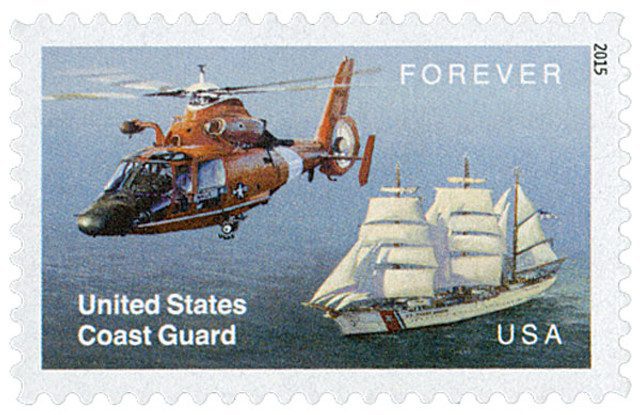
Several changes were made to maritime practices, ship designs, and more following the disastrous end of the Titanic’s maiden voyage. It would be over 70 years before the ship’s remains were discovered at the ocean floor.
Click here for more Titanic stamps.
| FREE printable This Day in History album pages Download a PDF of today’s article. Get a binder or other supplies to create your This Day in History album. |
Discover what else happened on This Day in History.

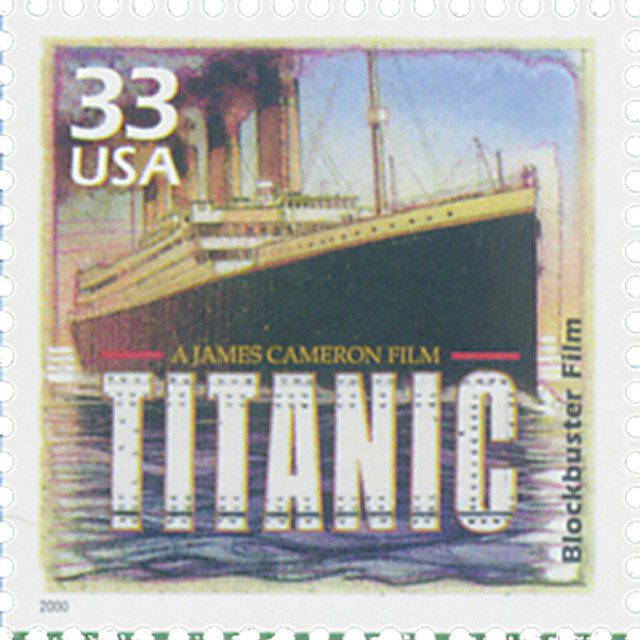
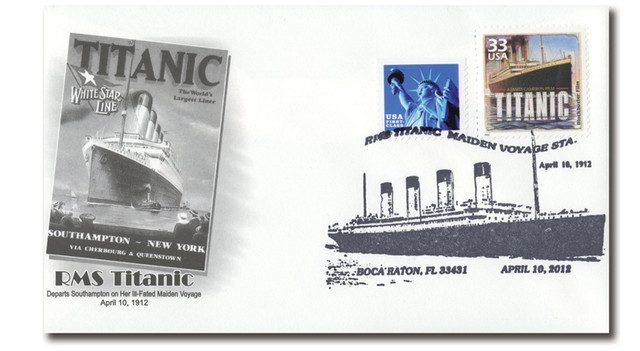

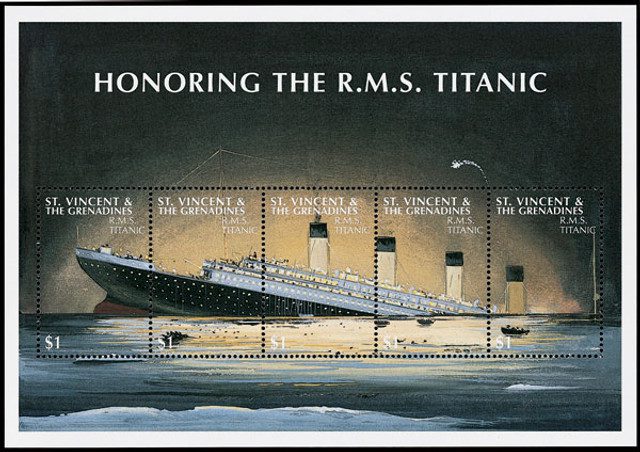
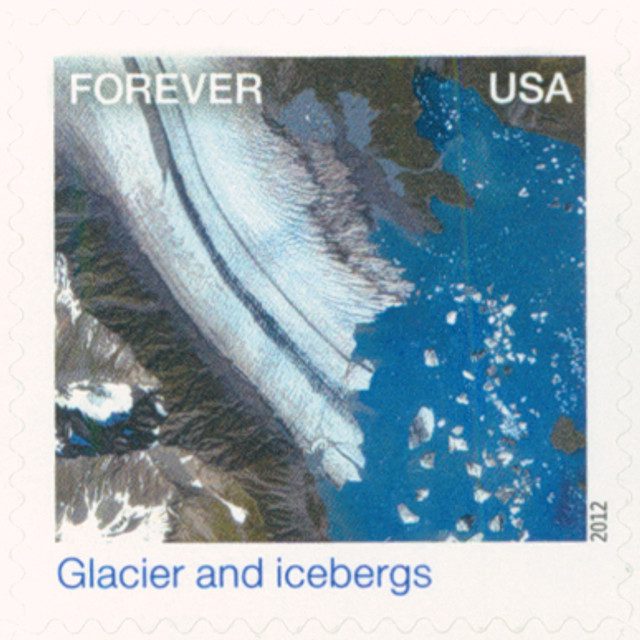


Story of Titanic still touches the heart.. We all know the story and seen the movie. Mighty God decides our fate. Humans just think they are mighty.
Man proposes and God disposes.
Great article! Fascinating. That’s why I collect stamps!
Wonderful story and tragic . I believe one person from Omaha as I have been told by deceased family members that J. L. Brandeis was on the liner. Anyway of seeing the ships manifest? I would like to know. Thank you.
Hi George,
Please check this out: https://en.wikipedia.org/wiki/Passengers_of_the_RMS_Titanic
Happy Collecting!
Very interesting article.One can only imagine the awful distress and panic of the passengers.
Always terrific articles? Thank you very much.
The six issues selected for this piece are exemplary. I would like to commend those at Mystic who contributed to this article. It is outstanding.
Great articles – short stories for all. Stories are long enough to provide important facts and short enough to hold the readers / listeners attention. Backing the story up with photos / pictures reinforces the information and helps younger people to remember.
Interesting that the US stamp commemorates the Movie versus the actual incident… wonder why?
I really appreciate the stories behind the featured stamps. The articles bring the stamps to life. I often look in the mystic catalog at the stamps. It brings my collection to life. However I found on the U.S.A. 33cent Titanic the Scott number is #U.S.3191 not #U.S.31911 as written in this article.
A great update about this horrible and panic-forced tragedy !! The Wikipedia article attached is also worth reviewing because it not only identifies all of the passengers involved in this disaster but details about where they were from, etc. I cannot imagine the horror those travelers faced and went through because of this death-ending disaster. My gosh !!! What a tragedy !!
This always brings many memories to me. I had an Aunt (my Father’s sister) who was on the Titanic and survived. She was able to get into a lifeboat because of her age (14). The family tells the story that John Jacob Astor gave her his lifeboat seat. Sadly, did not get to know my Aunt as she passed away 10 years later. Our family were invited to a 100th anniversary (2012) in NYC.
I read were the lawyer turned naval architect of the Titanic could not believe that a creation such as this: “not even God could sink it”; dressed as a woman and was seen boarding one of the lifeboat. Those who knew the person allowed him to board. In the movie, there is a scene that shows him entering one of the boats, dressed in a woman’s coat. It is said that he ended in an insane asylum, where he died in the early 20’s. There are two motion pictures on the Titanic. One is titled: “Titanic”, with Barbara Standwyk, and Clifton Webb. It also stars: Natalie Wood, Robert Wagner, and Richard Basehart. The other film is entitled: “A night to remember”, based on the book by Walter Lord. My father told me that the first film on the Titanic, was a silent picture whose name refers to the “buttons” worn on the uniforms of the crew.
So God sank the Titanic. Wow!